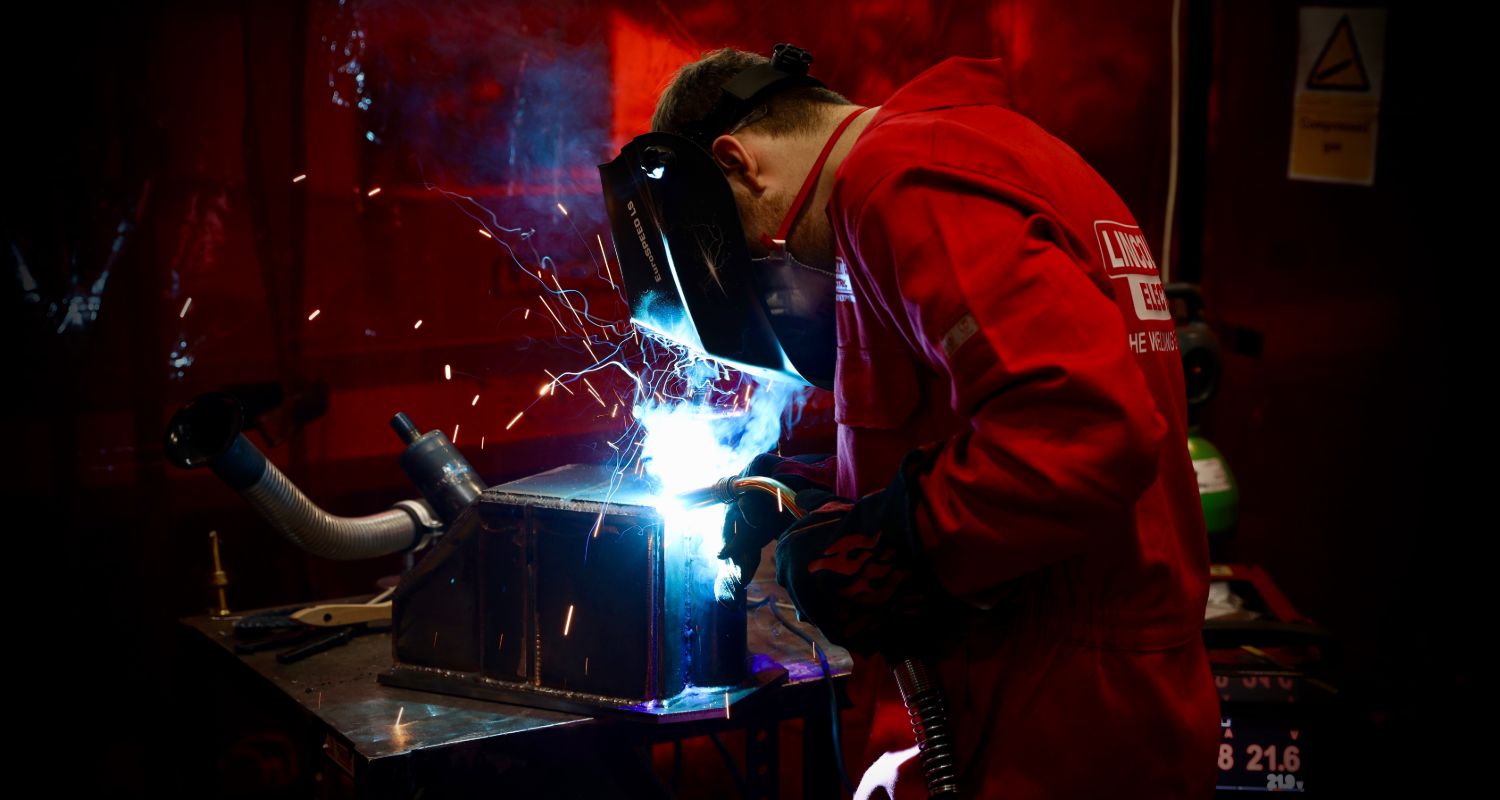Manual welding has been in use for decades and is still commonly used in various industries such as construction, manufacturing, and automotive. It is a versatile and cost-effective method, especially for small-scale projects that require precision welding.

The process of manual welding requires the welder to control the temperature, the intensity of the flame, and the motion of the welding tool. A welder must have a steady hand and a trained eye to produce a high-quality weld. Manual welding can be used to weld a variety of metals such as steel, aluminum, and copper.
Manual welding requires a lot of skill and experience to produce consistent results, and it also presents several challenges. One of the most significant challenges is ensuring that the weld is of high quality and free from defects such as porosity, cracks, and lack of fusion.
To ensure the quality of the weld, the operator must choose the correct welding technique, such as MIG or TIG welding. MIG welding uses a wire electrode, and TIG welding uses a tungsten electrode. Both techniques require different equipment and techniques, and the operator must be skilled in both methods.
Manual welding is also affected by environmental factors such as humidity, temperature, and wind. The operator must consider these factors when choosing the location for welding and ensuring that the welding zone is free from contaminants.
In conclusion, manual welding requires skill, expertise, and experience to produce high-quality welds. It is a versatile and cost-effective method, especially for small-scale projects that require precision welding. However, it presents several challenges, including ensuring the quality of the weld and the impact of environmental factors. Therefore, it is crucial to have a trained and experienced welder to produce high-quality welds consistently.